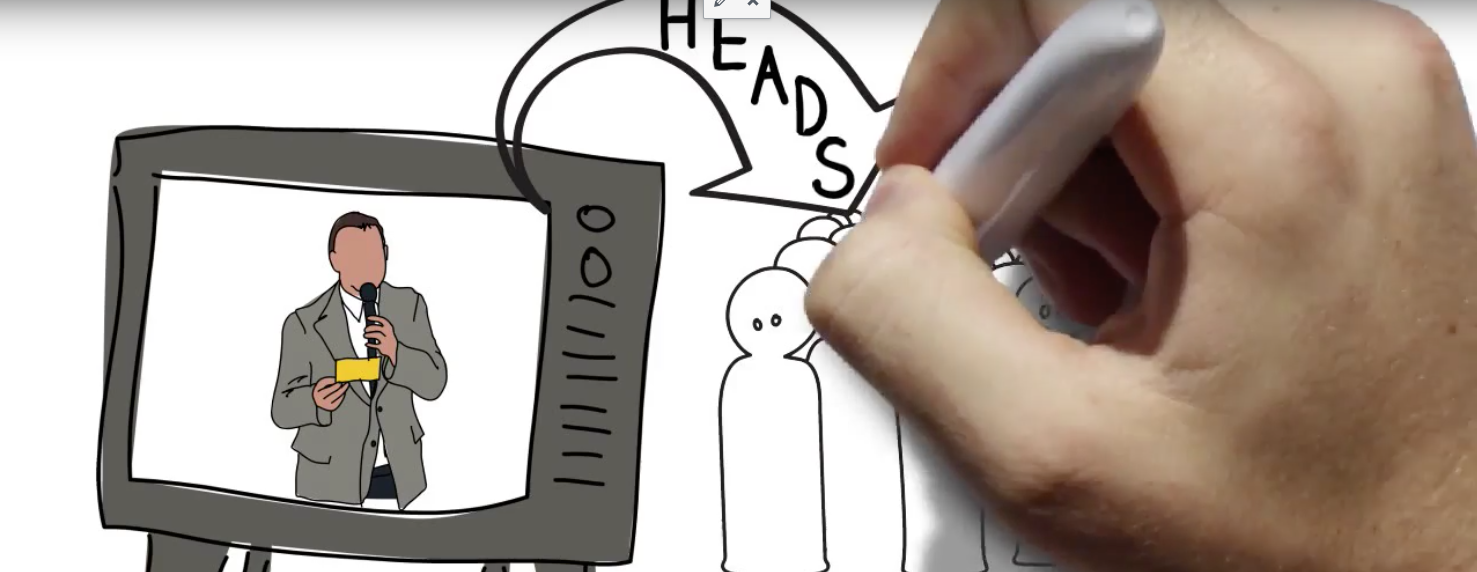Now that October has arrived, most courses have had their first exams. As students come in to review their scores, one common refrain echoes through the halls, “I knew that, but I just couldn’t remember it!”. Though it might sound like an excuse, the empirical data is clear – human memory is incredibly fallible, even under the best of circumstances. Part of our job as educators, then, is to try and design courses that not only communicate information, but to do so in ways that promote retention.
There is no one ‘right’ way to do this; everyone has likely settled on a technique that works for themselves and for their discipline. It may involve overlapping concepts between readings and class work, intentional repetition of important ideas during lectures, or any number of other approaches. The common factor in all of these is that they require navigating something of a tightrope – too little engagement with an idea and it is unlikely to be effectively retained; too much, and students may get bored and tune out.
The incorporation of emerging instructional technologies may offer new routes to navigate this process. For instance, untethered lecture capture (ULC) allows for the recording and immediate dissemination of classroom discussions, which may be particularly helpful for students who may need extra exposure to absorb the details of arguments. Another promising route involves whiteboard animation videos, which simulate the process of freehand drawing accompanied by a detailed narration of relevant ideas. Although the data is admittedly preliminary, some studies have suggested these videos can dramatically improve attention and recall (e.g., Wiseman, 201);
These videos have been commonplace in commercial settings for a number of years, but there has been a recent explosion in interest about adopting them for pedagogical purposes. There are a diverse set of companies competing in this niche, each offering different options and price points, including Sparkol, Animaker, Powtoon, and more.
